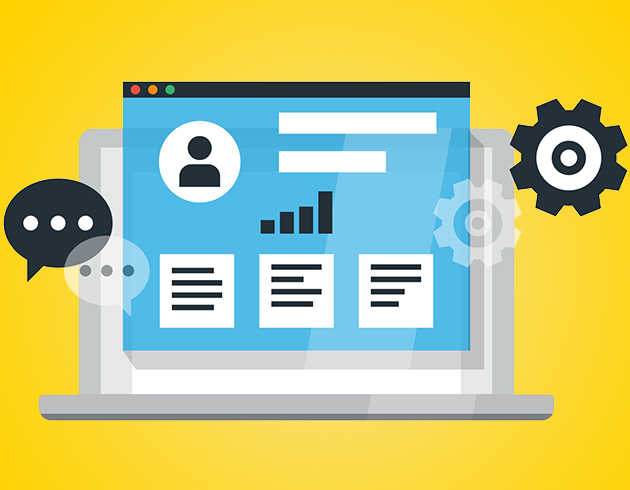That list of names of folks who’ve used your services, asked you for estimates, joined your mailing list or established a relationship in any way is gold, pure gold. It’s the cha-ching of a cash register, or more likely for contractors, the credit card swipe, the check made payable to you, the cold hard cash or the financing forms.
The customer database that organizes these treasured names is how you can maximize customer value through retention and repeat sales, and follow up on unclosed sales and inactive customers. Along with names and addresses, databases give you buying history, customer service contacts, home/systems age and some personal details (like birthdays) that can help you target offers, reminders and customer retention “hellos.”
And it’s a bargain for sure. According to direct response expert Craig Huey, if this was 1973 and you wanted access to a customer’s name, address and purchasing information, that data request would cost $7.14. Today, you can get the same for a penny or two, thanks to high-speed processing technology.
The following fields are in the list that Huey says are common to most direct marketing databases: name, home address, home phone, service needs, readiness to buy, promotion medium, data record entered, date of last order, source of original inquiry, cumulative billing, record of contacts by phone, number of promotions received, prospect/customer/friend designation.
With this information at your fingertips (and your company’s success on the line), you’ll want to take good care of your database. Back up your data regularly and store a copy offsite. You’ll find this act unbelievably important in the event of a natural disaster or server strike.
Also, check your list for duplicate entries – and don’t annoy customers by sending multiple emails with the same message.

